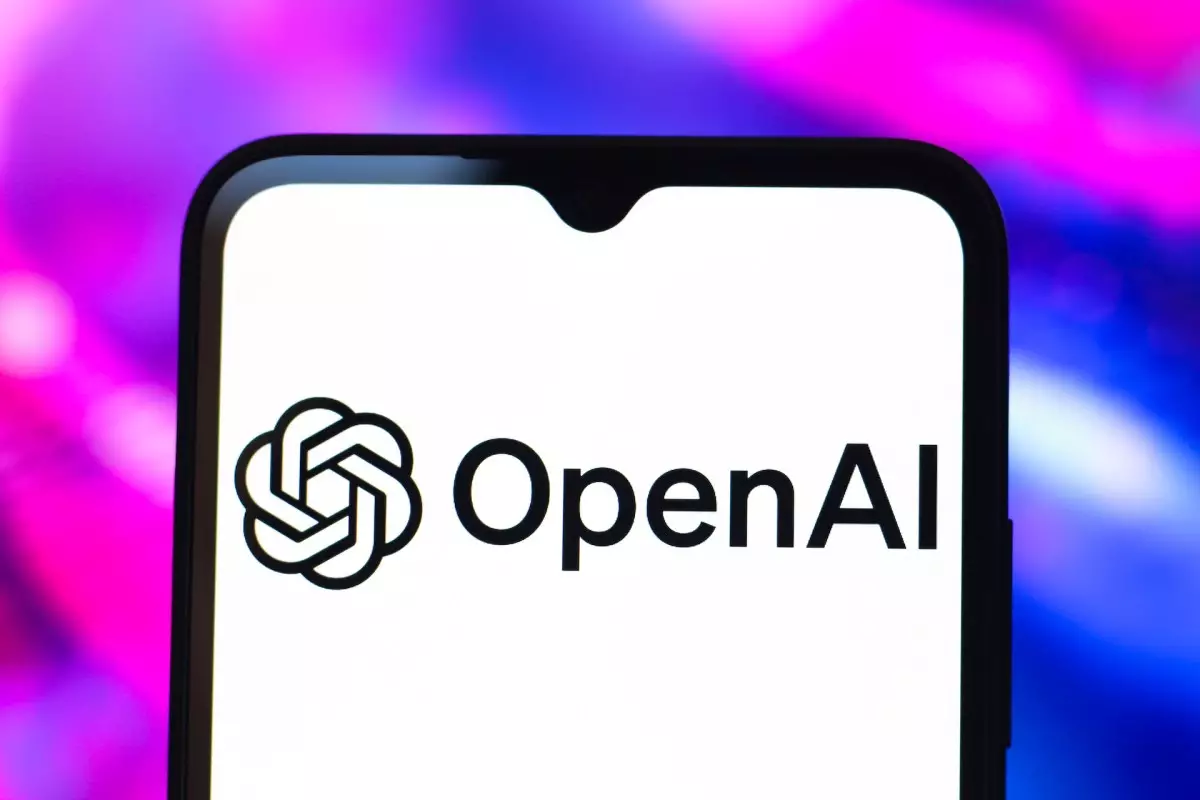In the rapidly evolving landscape of artificial intelligence, claims of breakthrough advancements and unparalleled performance often dominate headlines. However, the recent unveiling of OpenAI’s o3 model has sparked a heated debate about the integrity and transparency of benchmarking practices within the industry. When OpenAI presented o3 to the world in December, the claims regarding its performance on FrontierMath—an advanced set of mathematical problems—were nothing short of astonishing. According to OpenAI, o3 could accurately answer more than 25% of these complex problems, vastly outperforming its competitors, who struggled to achieve even a mere 2%. This assertion, while impressive, has raised eyebrows and led to questions about the validity of these benchmarks.
Examining the Discrepancy
Epoch AI, the organization responsible for the FrontierMath benchmark, recently released its independent test results, revealing that o3’s actual performance was closer to 10%. This notable difference, while casting doubt on OpenAI’s claims, does not outright accuse the company of dishonesty. Instead, it highlights a critical issue in AI benchmarking: the methodologies employed by different organizations can vary significantly. Epoch noted that its testing conditions differed from those of OpenAI, potentially explaining the discrepancy.
Further complicating the matter, the version of the o3 model tested by Epoch likely differed from the one released to the public. Reports from the ARC Prize Foundation corroborated this, suggesting that the publicly available model was optimized for specific applications, such as chat and product interactions, rather than raw computational power. This variance in testing conditions, model specifications, and even the subsets of FrontierMath employed casts a shadow over the reliability of published benchmark results.
The Underlying Issues of AI Transparency
The situation with OpenAI’s o3 model underscores a more profound challenge facing the AI industry: transparency. As vendors vie for attention in a highly competitive market, the pressure to present favorable benchmark results can lead to marketing tactics that blur the lines between reality and perception. The claims made by OpenAI, while based on legitimate testing, illustrate how data can be manipulated or presented in a way that may mislead consumers and stakeholders.
Furthermore, this issue is not isolated to a single organization. The AI industry has seen its fair share of controversies surrounding benchmark claims. For example, organizations like xAI have faced backlash for purportedly misleading charts, while Meta recently admitted to promoting scores from a model version that varied from what they ultimately provided to developers. Such occurrences amplify the need for a standardized approach to benchmarking—one that would ensure consistency, clarity, and accountability across the field.
The Implications for AI Development and Adoption
The controversy surrounding o3 serves as a cautionary tale for the adoption of AI models in critical applications. Stakeholders, whether they are developers, businesses, or consumers, must approach benchmark claims with a discerning eye. Rather than taking performance metrics at face value, it is imperative to dig deeper into the methodologies and contexts that underlie such assertions.
Adopting a more rigorous standard for benchmarking could enhance trust within the AI ecosystem. By establishing clear guidelines and fostering transparent communication about model capabilities and limitations, organizations can mitigate skepticism and build stronger relationships with end-users. A more transparent landscape could prevent the propagation of misleading information and contribute to more responsible AI development.
Looking Ahead: The Future of AI Benchmarking
As advancements in AI continue at a breakneck pace, it becomes increasingly essential to prioritize integrity in benchmarking practices. OpenAI’s ongoing development of more advanced models, such as the forthcoming o3-pro, invites scrutiny but also presents an opportunity to improve upon existing shortcomings. By embracing transparency and accountability in testing and reporting, AI companies can not only enhance their credibility but also ensure that innovations bring real-world benefits rather than inflated promises.
Ultimately, navigating the complex world of AI requires a collective effort to uphold standards that prioritize truthfulness over attention-grabbing headlines. As the industry matures, the hope is that stakeholders will recognize the value of honesty in testing and reporting—ensuring that genuine performance improvements shine through amid the noise of marketing claims.

